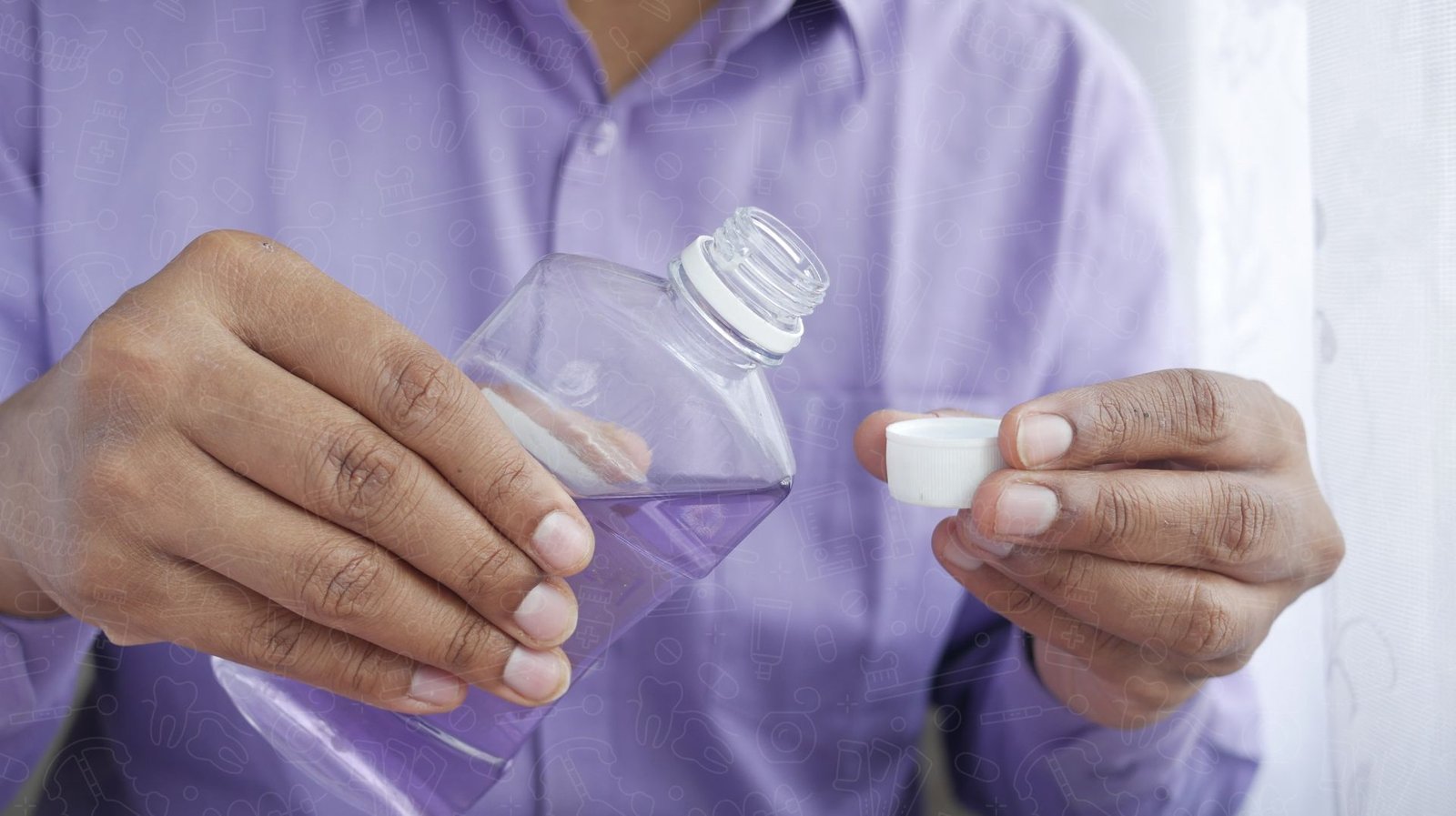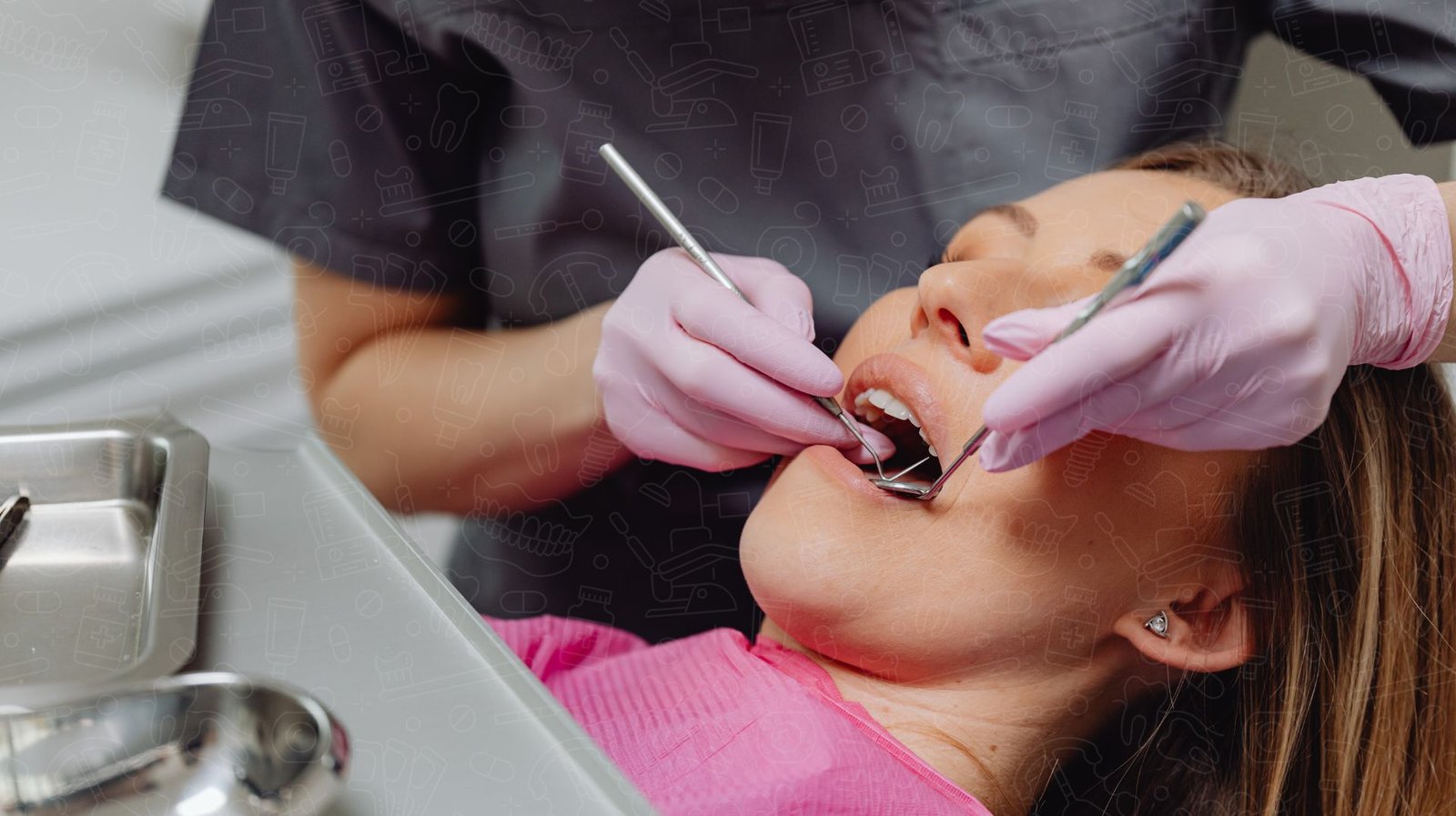Understanding Conscious Sedation Dentistry
Conscious sedation dentistry has emerged as a pivotal technique aimed at transforming dental experiences, particularly for individuals grappling with anxiety about dental procedures. This method enables patients to remain awake and aware while concurrently alleviating discomfort and fear through the use of sedative medications. Unlike general anesthesia, conscious sedation allows for a responsive yet relaxed state, making it an increasingly popular choice for various dental treatments, such as root canals and tooth extractions.
The primary objective of conscious sedation is to alter the patient’s perception of pain and anxiety. By doing so, dental professionals can perform necessary interventions with enhanced focus, creating a smoother and more efficient visit for patients who might otherwise find dental visits daunting. As this practice continues to gain traction, understanding its nuances—including its effectiveness, potential candidates, and preparation strategies—becomes vital for patients considering this option.
Additionally, patients’ needs and comfort levels can dictate the choice of sedation technique, ranging from oral medications to intravenous options. Engaging in thorough communication with dental practitioners about individual health histories and concerns forms the cornerstone of tailoring effective sedation strategies. Overall, conscious sedation dentistry presents a valuable pathway for reshaping dental care, promoting a more positive experience for those navigating the complexities of dental fear and anxiety.
Understanding Conscious Sedation Dentistry
Conscious sedation dentistry is a specialized technique used to help patients feel relaxed and comfortable during dental procedures while maintaining awareness. Unlike general anesthesia, which renders a patient completely unconscious, conscious sedation allows individuals to respond to verbal cues and maintain functional breathing. This method employs sedative medications, usually administered orally, through inhalation, or intravenously, to minimize anxiety and discomfort associated with dental treatments.
This approach is commonly utilized in various procedures, including tooth extraction, root canals, and other invasive dental work where anxiety might hinder the experience. By altering the patient’s perception of pain and fear, conscious sedation facilitates a more efficient and productive visit.
The effectiveness of conscious sedation dentistry relies on the appropriate dosage of sedatives, tailored to the individual’s specific needs. The primary goal is to create a tranquil environment, allowing the dental professional to perform necessary interventions without causing undue stress to the patient. It is important for patients to communicate their medical history and any potential concerns to the dentist beforehand, as certain health conditions or medications may influence the choice of sedation.
Overall, this dental sedation technique offers a valuable option for individuals who may feel apprehensive about receiving dental care, promoting a safer and more positive overall experience in the dental office.
Types of Sedation Used in Dentistry
In the field of dentistry, various types of sedation methods are employed to ensure patient comfort and relaxation. These techniques, particularly relevant in conscious sedation dentistry, include oral sedation, inhalation sedation, and intravenous (IV) sedation.
Oral sedation typically involves the administration of sedative pills that patients take prior to their dental procedure. This method is straightforward, as it allows for a less invasive approach while still achieving relaxation and anxiety reduction in patients. Inhalation sedation, commonly known as nitrous oxide or “laughing gas,” is inhaled through a mask and is quickly effective, allowing patients to feel relaxed while remaining conscious during their dental treatment.
IV sedation, on the other hand, is delivered through a vein and enables the dentist to closely regulate the level of sedation. This method is particularly beneficial for more complex procedures or for individuals who experience significant dental anxiety. Each form of sedation has its specific indications and contraindications, and the choice often depends on the patient’s medical history, the complexity of the procedure, and personal comfort levels.
Understanding these sedation types is crucial for patients considering conscious sedation dentistry, as it helps demystify the process and assists in making informed decisions regarding their dental care. Awareness of these sedation methods can alleviate fears and enhance the overall dental experience, promoting better outcomes and patient satisfaction.
Who Is a Good Candidate for Conscious Sedation Dentistry?
When considering conscious sedation dentistry, it is essential to identify suitable candidates to ensure safety and efficacy. Individuals who experience dental anxiety, fear of needles, or difficulty remaining still during treatment may significantly benefit from this approach. Additionally, patients with specific medical conditions, such as heart disease or respiratory issues, might warrant the use of conscious sedation to facilitate necessary dental procedures comfortably.
Eligibility factors also encompass the patient’s overall health status. Those with a history of adverse reactions to sedation may need closer evaluation. Furthermore, age can play a role; children and elderly patients may find conscious sedation particularly beneficial due to their unique health considerations and varying levels of anxiety associated with dental visits.
It’s important for candidates to engage in open communication with their dental practitioners regarding any existing medical conditions, current medications, and allergies. This dialogue allows for a tailored sedation plan that ensures maximum comfort and safety during dental procedures. In summary, the ideal candidates for conscious sedation dentistry are those who experience anxiety, have medical considerations, or require lengthy or complex dental treatments that would otherwise be challenging without sedation. This approach promotes a more relaxed experience, making dental care accessible and less daunting for a wide range of patients.
Preparing for Your Sedation Appointment
Preparing for a conscious sedation dentistry appointment is essential to ensure a smooth and safe procedure. Patients are often advised to follow specific pre-procedure steps, which may include fasting for a certain period before the appointment. This fasting is crucial, as it helps minimize the risk of complications related to sedation and ensures that the stomach is empty.
Additionally, patients should inform their dentist about any medications they are currently taking. Certain medications may need to be adjusted or temporarily discontinued to avoid potential interactions with sedatives. This communication is vital for tailoring the sedation plan to the individual’s health and medical history.
It is equally important for patients to discuss their anxiety levels or fears related to dental procedures with the dentist. By openly sharing these concerns, dental professionals can create a tailored sedation strategy that best addresses the patient’s needs.
Before the appointment, it is recommended that patients arrange for a responsible adult to accompany them. Since conscious sedation can affect coordination and cognitive functions, having someone to provide post-procedure support enhances safety and comfort.
By understanding and adhering to these preparation guidelines, individuals can optimize their experience with conscious sedation dentistry, mitigating anxiety while promoting a successful outcome. Overall, proper preparation plays a critical role in ensuring safety and effectiveness during dental procedures involving sedation.
What Happens During a Conscious Sedation Procedure
During a conscious sedation dentistry procedure, patients can expect a series of well-defined steps designed to ensure comfort and safety throughout the treatment. Initially, the dental professional conducts a thorough assessment of the patient’s health history and discusses any concerns prior to administering sedation. This pre-procedure consultation is crucial for tailoring the approach to individual needs.
Once the patient is settled in the dental chair, the sedation agent, which could be administered orally, intranasally, or intravenously, is given to induce a state of relaxation. It is important to note that while patients will remain awake and responsive, they may have limited awareness of the procedure, significantly diminishing anxiety and discomfort.
Following sedation, the dental team monitors vital signs to ensure the patient remains stable throughout the treatment. The actual procedure is similar to standard dental practices but may incorporate additional monitoring equipment to track the patient’s responses, enhancing safety.
As the treatment concludes, the sedation effects will gradually wear off, and the dental staff will guide the patient through the recovery phase. Overall, the conscious sedation experience aims to create a calm environment, allowing for efficient dental work while addressing any fears or discomfort associated with the procedure. Understanding these steps can help patients feel more prepared and less anxious about their upcoming dental treatment.
Post-Procedure Recovery and Aftercare
After undergoing conscious sedation dentistry, patients typically experience a recovery period that requires careful attention. The effects of sedation, which may include drowsiness or grogginess, can persist for several hours. It’s essential for patients to have a suitable caregiver arrange for their transportation home, as driving or operating machinery immediately post-treatment can be unsafe.
During the initial hours following the procedure, patients may encounter common side effects such as nausea, dizziness, or confusion. Hydration is crucial; patients should sip clear fluids unless otherwise instructed by their dentist. It’s advisable to avoid solid foods for a few hours until the sedation effects wear off.
In terms of aftercare, the dentist may provide specific instructions about pain management and oral hygiene. Patients should follow these guidelines closely to minimize complications. Mild discomfort can often be alleviated with over-the-counter medications, but it’s important to communicate with the dental office if pain escalates or persists.
Lastly, patients should schedule a follow-up appointment if they experience any unusual symptoms or if their recovery seems prolonged. With proper care and attention, most individuals will return to their daily routines without issues, achieving the desired outcomes from their dental procedures. This aftercare information highlights the importance of prioritizing health and safety during the recovery from conscious sedation.
Conclusion
Conscious sedation dentistry offers a transformative approach to dental care, catering primarily to patients who experience anxiety or fear associated with dental procedures. By allowing individuals to remain awake yet relaxed, this method enhances the overall dental experience and encourages essential dental care without excessive stress. Throughout the article, various aspects of conscious sedation have been explored, including its mechanisms, types, candidate suitability, preparations, and aftercare, each playing a critical role in this practice.
Understanding the benefits and process of conscious sedation empowers patients to engage in informed discussions with dental professionals, ensuring tailored treatment plans that meet their unique needs. Whether through oral, inhalation, or intravenous methods, the key is to craft a comfortable environment that prioritizes safety and engagement.
For those particularly apprehensive about dental visits, conscious sedation can serve as a bridge to effective care, fostering healthier oral hygiene practices. As this technique continues to evolve, it represents a significant advancement in dentistry, making procedures more accessible and less daunting. By prioritizing communication and preparation, patients can optimize their experiences, helping to alleviate fears while maintaining their dental health. Ultimately, the knowledge shared in this article underscores the value of conscious sedation in reshaping patient experiences in dentistry, paving the way for a more relaxed and positive dental journey.





